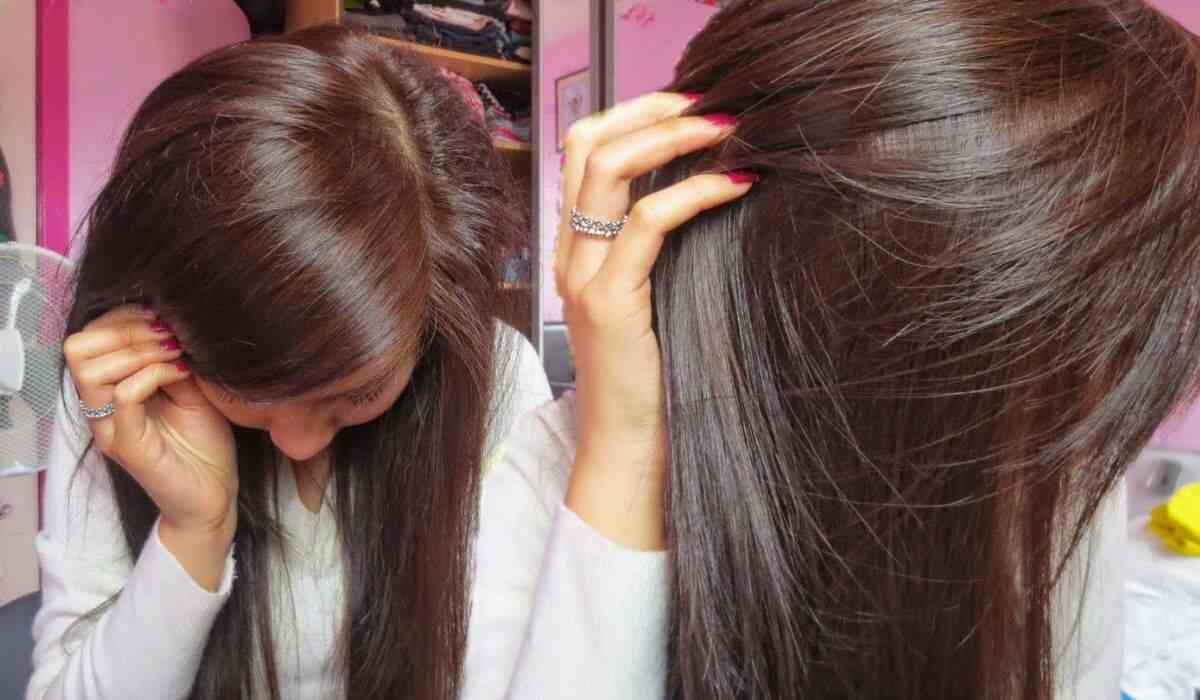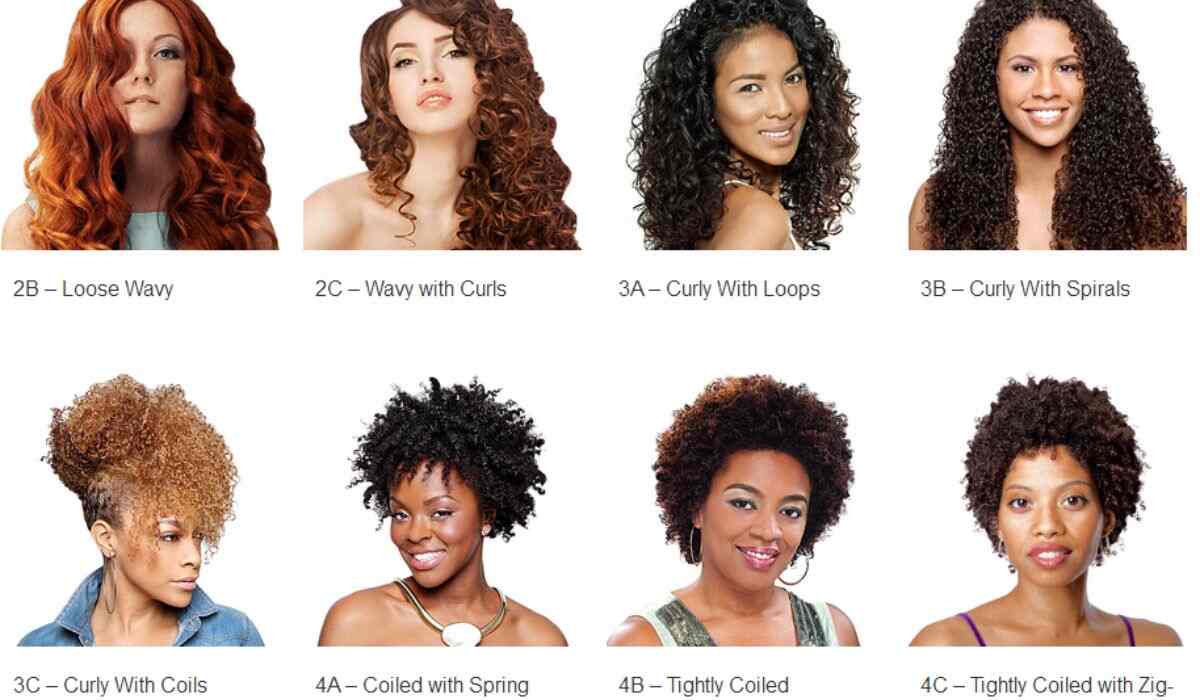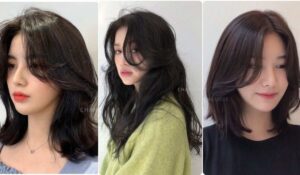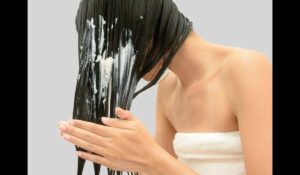Natural hair color refers to the original hue of an individual’s hair, determined by genetics and melanin production. It is the shade that a person is born with before any artificial dye or treatments are applied.
Discovering your natural hair color is like unveiling the authentic canvas of your hair. It’s the shade your hair naturally grows in, unaffected by dyes or treatments. Embrace the beauty of your natural hue, a reflection of your unique genetic makeup.
Your natural hair color is determined by the amount and type of melanin, a pigment produced by hair follicles. There are two main types of melanin: eumelanin, responsible for black or brown shades, and pheomelanin, which produces red and blonde hues. Genetic factors play a crucial role in determining your natural hair color, with variations influenced by your parent’s genes.
Types Of Natural Hair Color
Black Hair: Black hair is the darkest natural hair color and is caused by a high concentration of the pigment melanin. People with black hair often have a rich, deep hue that appears almost jet black.
Brown Hair: Brown hair comes in various shades, ranging from light brown to dark brown. The intensity of the color is influenced by the amount and type of melanin present in the hair follicles.
Blonde Hair: Blonde hair is characterized by its light color, resulting from lower melanin levels. It can range from golden blonde to platinum blonde, and the shade is determined by genetic factors and the amount of pigment in the hair.
Red Hair: Red hair is a result of a different type of melanin called pheomelanin. The intensity of red hair can vary from auburn to vibrant copper, and it is often associated with specific genetic traits.
Gray/White Hair: Gray or white hair occurs when melanin production decreases with age. As melanin diminishes, the hair loses its color and turns gray or white. Some people may have gray or white hair from an early age due to genetic factors or other influences on melanin production.
Natural Hair Color
Natural hair color refers to the shade of hair that an individual is born with, determined by their genetics. It is the color that naturally grows from the hair follicles without the influence of hair dyes or chemical treatments. People can have a range of natural hair colors, including shades of black, brown, blonde, red, and variations in between.
The pigments responsible for hair color are melanins, with eumelanin producing darker tones and pheomelanin contributing to lighter hues. Embracing and appreciating one’s natural hair color is a personal choice, and many individuals celebrate the uniqueness of their genetic heritage by keeping their hair in its original, untouched state.
Natural Hair Colors Chart
A Natural Hair Colors Chart is a handy guide that showcases a spectrum of hair colors found in nature. It includes a range of shades from deep browns and blacks to various hues of blonde and red. This chart serves as a reference for individuals looking to dye their hair in a way that complements their natural tones.
It helps people choose hair colors that enhance their features and match their skin undertones. By consulting the Natural Hair Colors Chart, individuals can make informed decisions about coloring their hair in a way that looks beautiful and feels authentic to their unique style.
Hair Colors Chart
| Hair Color | Description |
| Black | The deepest shade of brown appears black |
| Brown | Various tones, from light to dark |
| Blonde | Ranging from pale to golden shades |
| Red | Vibrant hues, from copper to auburn |
| Auburn | A mix of red and brown tones |
| Chestnut | Warm brown with hints of red |
| Mahogany | Deep red-brown |
| Platinum | Extremely light, almost white blonde |
| Salt and Pepper | A mixture of dark and gray strands |
List Of Natural Hair Colors With Pictures
Natural hair colors come in a beautiful array of shades, each unique to individuals. Common natural hair colors include black, brown, blonde, and red. Black hair is rich and dark, often appearing jet black. Brown hair comes in various tones, from light chestnut to deep chocolate.
Blondes showcase a spectrum from golden to platinum, while redheads display hues ranging from auburn to fiery red. Pictures of these natural hair colors can help you appreciate the diverse beauty found in nature. Embrace the uniqueness of your own hair color, and explore the vibrant palette that Mother Nature has gifted us.
Natural White Hair From Birth
Some individuals are born with a unique and striking feature—natural white hair. This rare occurrence is known as congenital white hair, and it results from a lack of pigmentation in the hair follicles from birth. Unlike the typical progression of hair color changes over time, these individuals have a distinctive and beautiful snowy hue right from the start.
While it may surprise some, natural white hair from birth is simply a variation in genetics, and those who possess it often embrace the distinctiveness of their hair color. This extraordinary trait adds a touch of uniqueness to their appearance, creating a special and captivating presence.
Natural Hair Color Remover
A natural hair color remover is a product designed to gently and effectively remove unwanted hair dye without the harsh chemicals often found in traditional hair color removers. These natural alternatives typically use ingredients like vitamin C, baking soda, lemon juice, or chamomile to help break down and fade artificial color.
They are considered a milder option for those looking to lighten or remove hair dye without causing excessive damage to the hair. While results may vary depending on the individual’s hair type and the dye used, natural hair color removers offer a more gentle approach for those seeking to transition to their original hair color or try a new shade.
Frequently Asked Questions
How Many Natural Hair Colors Are There?
There are generally four natural hair colors: black, brown, blonde, and red. However, the wide range of shades within these categories makes each person’s natural hair color unique.
Is it possible to predict the natural hair color of a child?
Genetics play a significant role in determining natural hair color, predicting the exact shade of a child’s hair can be challenging. The combination of genes from both parents contributes to the unique hair color of each individual.
How can I maintain my natural hair color?
To maintain your natural hair color, it’s essential to avoid excessive exposure to sunlight, use gentle hair care products, and refrain from frequent use of chemical treatments like hair dyes. Healthy hair practices, such as regular conditioning and a balanced diet, can also contribute to preserving your natural hair color.
Conclusion
Discovering your natural hair color can be a journey of self-discovery and acceptance. Embracing your hair in its natural state allows you to appreciate and celebrate your unique features.
Whether you choose to maintain your natural color or experiment with different shades, the key is to feel confident and comfortable in your skin. Your natural hair color is a beautiful part of who you are, reflecting your individuality and authenticity.













